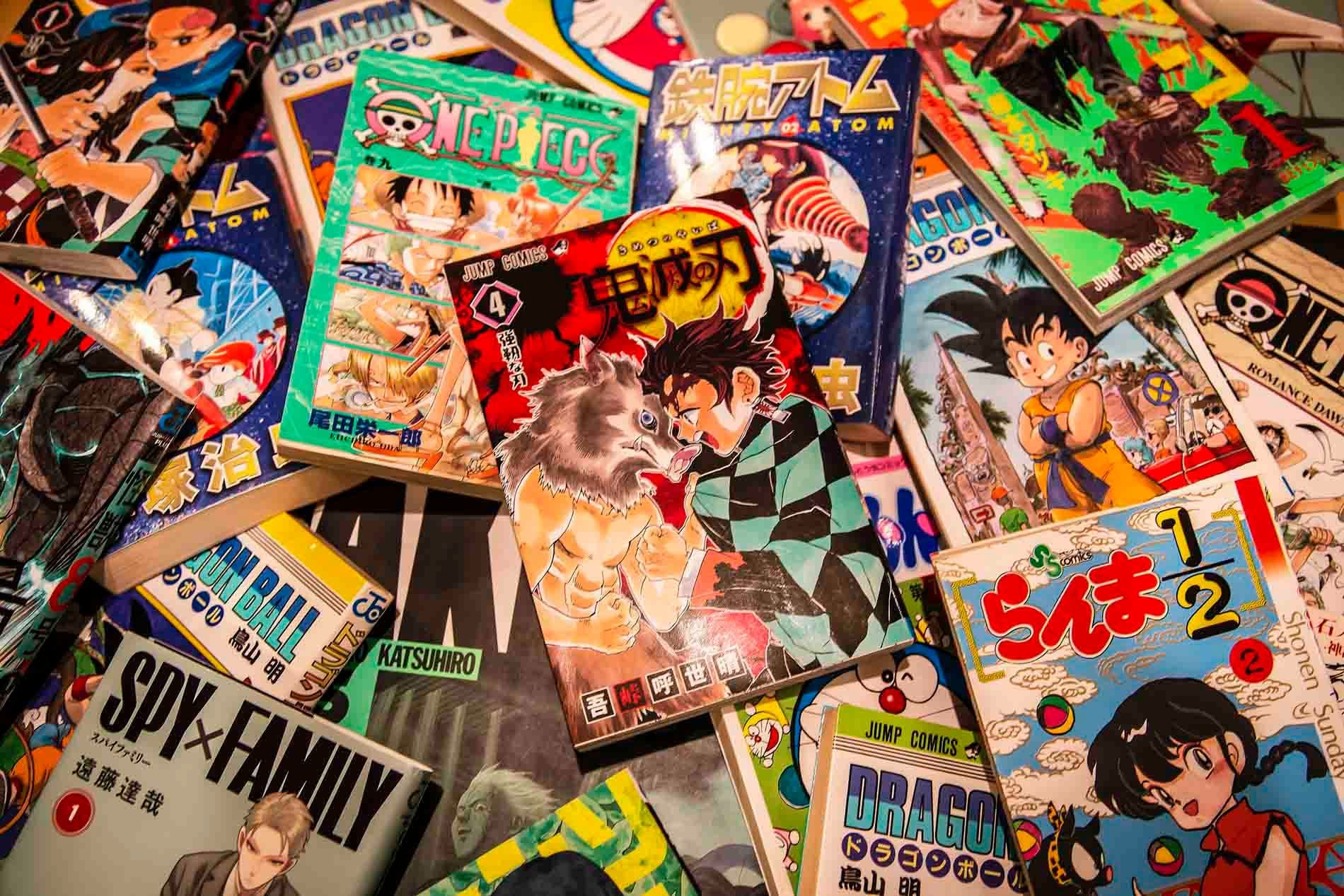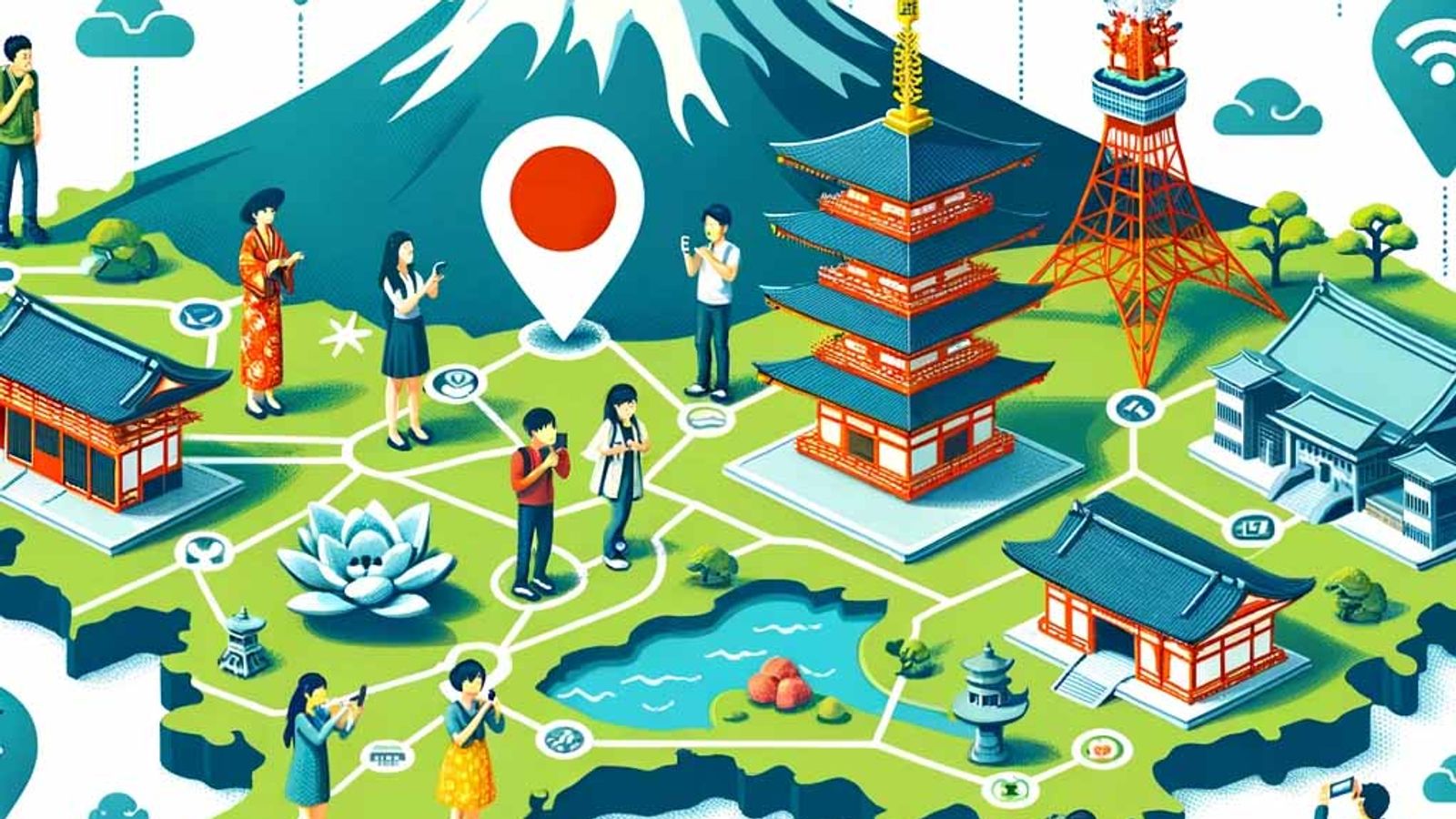

Table of contents:
is It appears that the popularity of social media, led by a government tourism campaign, may be partially responsible for the modern overtourism trend in Japan. In the digital age, social media platforms like Instagram, YouTube, and X (formally known as 'Twitter') have become a window to the world, showcasing picturesque destinations and cultural experiences from every corner of the globe, including the vibrant streets of Japan.
The images we see on these platforms entice us to travel and search out those exotic places we see online so that we too can share those experiences, fueling the digital marketing strategies of travel brands. The allure of these digital images has led to a significant increase in tourism, particularly in Japan, which has seen a steady rise in the number of visitors each year. The question should be asked, has Japan's popularity as a source of content creation directly contributed to the rise of overtourism?
1. The Rise of Tourism in Japan
In recent years, Japan has emerged as a coveted tourist destination, experiencing a tourism boom with a substantial uptick in visitor numbers. The first half of 2018 saw a notable 15.8% increase in Japanese tourism statistics compared to the previous year. By the end of 2017, a record 28.7 million tourists had explored the land of the rising sun, marking a 19% increase from 2016 in japan tourism statistics. Eventually, Japan's growing tourism industry experienced a record 32 million visitors in 2019, which led to many parts of Japan complaining that overtourism had become a real social and political issue. This growth in tourism, apart from enhancing local business, also put Japan on the global map as a must-visit destination.

2. Defining overtourism
The concept of overtourism, a term that has gained significant traction in recent years, can be succinctly defined as the excessive influx of tourists to a specific destination. This phenomenon, often unintentional, results in an overcrowding situation that can inadvertently lead to a negative impact on the local society and culture of that particular tourist hotspot. The repercussions of this can be quite severe, affecting the very fabric of the community and the cultural integrity of the destination in question.

3. Romanticizing Japan Through Social Media
Japanese imagery has long fascinated Western cultures. With the surge in popular social media content from Japan, pictures depicting Japanese culture have become a common sight online. Tags such as "Japan is living in the future" and #japanesegirl reflect the types of social media platforms used in Japan and their global influence. Japan's intriguing pop culture, rich traditional heritage, and natural beauty have all contributed to its digital prominence. This has significantly increased Japan's popularity as a tourist destination, benefiting the Japanese economy, particularly during a period when the yen's value has significantly declined since 2022. However, this tourism boom also has a downside, known as overtourism, where the surge of visitors risks undermining the very allure that attracted tourists to Japan initially.

4. The Influence of Social Media on Tourism Growth
The digital age has intertwined social media and tourism, with platforms like Instagram, X, and YouTube fueling the wanderlust of contemporary travelers. The ease of sharing and consuming travel experiences online has significantly influenced the tourism growth in many countries, particularly in Japan, where social media travel content has boosted Japanese tourism. The rise in Japan's tourism can be largely attributed to the power of social media. Platforms like Instagram and Twitter have become the modern-day travel brochures, showcasing the beauty and uniqueness of Japan to millions of potential tourists. This digital exposure has not only increased global interest in Japan but also transformed it into a trending travel destination.
4.1. Instagram and the #visitjapanjp Campaign
In 2017, the Japan National Tourism Organization tapped into the visual appeal of Instagram and tourism advertising via a tourism digital marketing campaign. Through the #visitjapanjp campaign, they enticed Instagram users to share their picturesque moments in Japan, creating a digital mosaic of the country’s diverse allure. Each shared photo under this hashtag served as a building block that boosted Japan's digital travel marketing profile. The encouragement of tourism media compelled others to travel to Japan to experience the country firsthand and exemplifying effective Instagram digital tourism marketing.

4.2. The Success of Tourism and Social Media
The success of the #visitjapanjp campaign was evident in the surge of tourists visiting Japan in the following years. The hashtag not only promoted the country's picturesque landscapes and unique culture but also encouraged travelers to share their personal experiences, further amplifying Japan's appeal. This user-generated content served as authentic, real-time travel testimonials, inspiring more people to explore Japan.
4.3. YouTube: The Digital Window to Japan’s Culture
YouTube has emerged as a digital storytelling platform where digital storytellers, including J-vloggers, share their cultural, culinary, and adventurous experiences. Japan, with its rich culture and modern vibrancy, has became a hot topic on YouTube. Content creator, such as the popular Abroad in Japan, offer a glimpse into the daily life, traditional rituals, and the modern beat of Japan, influencing many to pack their bags and explore Japanese culture. Unfortunately, in 2023, Japan experienced ‘nuisance influencers’ who have used social media platforms to showcase disruptive and disrespectful behavior while traveling through Japan, which has negatively impacted how locals view foreign tourists.
4.4. Social Media as Modern-Day Tour Guides
Tourists are now turning to Japanese social media platforms like Instagram and TikTok for travel inspiration and information. In Japan, the blend of social media with the allure of pop culture has been directing younger audiences towards lesser-known locales, as evidenced by Japan tourism statistics. These modern-day tour guides offer a plethora of visually appealing content that entices the youth to explore the offbeat paths.

5. Overtourism: Tourism as a Double-Edged Sword
5.1. The Advantages of Social Media
There are both pros and cons to tourism social media. Tourism, as an industry, has the potential to bring about prosperity in various forms. It can open doors to economic growth, fostering development and creating job opportunities. It can also facilitate cultural exchange, promoting understanding and appreciation of diverse cultures, and it can lead to global recognition, putting destinations on the world map.And it is this trend, fueled by the Japan tourism board and their Japanese social media campaign that seems to have triggered modern overtourism in Japan.
5.2. The Disadvantages of Social Media
However, there is a flip side to this coin. Social media marketing can attract so much attention that eventual the influx of visitors swells beyond a point that is manageable, the impact of tourism starts to reveal its negative facets. Overflow of tourists can translate to overtourism, which can lead to environmental degradation, cultural erosion, and can put a strain on local resources, local economies, and traditional culture. These challenges highlight the pressing need for sustainable tourism development and responsible tourism practices. It underscores the importance of balancing the benefits of tourism with the need to preserve and protect the destinations and their communities.
6. Overtourism: The Dark Side of Digital Exploration
The digital wave, while bringing global recognition, has also ushered in challenges such as overtourism, where the charm of serene and quaint places gets overshadowed by the throngs of tourists. The tourism impact of social media on tourism can be seen as each week crowds of people swarm to the same places that they have seen online and wish to see for themselves. Unfortunately, having to fight through the crowds can often mean that the reality doesn’t always match the image we see online, a phenomenon amplified by social media tourism.
6.1. A Global Concern
Overtourism is a global issue affecting iconic cities like Venice, Barcelona, and Amsterdam. These culturally and historically significant cities struggle with the massive influx of tourists, challenging their destination competitiveness and disrupting local life. Social media's ability to instantly popularize locations significantly contributes to this problem, influencing marketing strategies and causing rapid, often uncontrolled, tourism growth.
7. Balancing Digital Promotion and Sustainable Tourism
The narrative of Japan underscores the importance of a balanced approach towards digital promotion and sustainable tourism development. It's a call for promoting responsible travel within Japan and responsible digital tourism practices to ensure the preservation and appreciation of the world’s diverse cultures and natural locales. In this digital marketing for tourism, every share, like, and hashtag has the power to leave a viral impact, making it imperative to tread the digital realm responsibly, ensuring that the allure of unexplored territories remains untarnished for generations to come.
Leave a Comment 🗩
Popular Articles


Tokyo Favorites: 20 Must-Do Experiences for Travelers
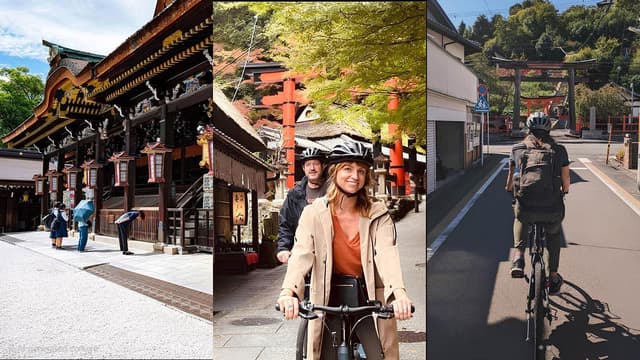
Kyoto Bike Tours: Discover the City’s Hidden Gems with Noru
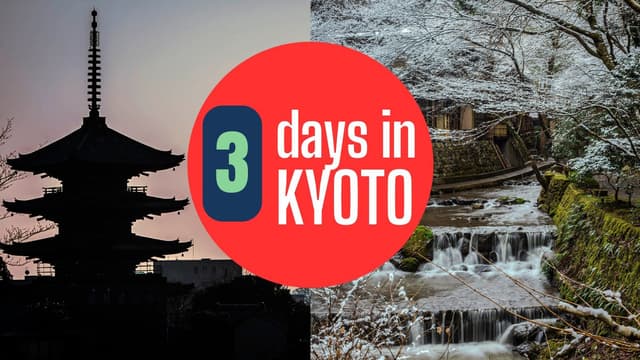
Kyoto 3-Day Itinerary: Best Things to Do for First-Time Visitors
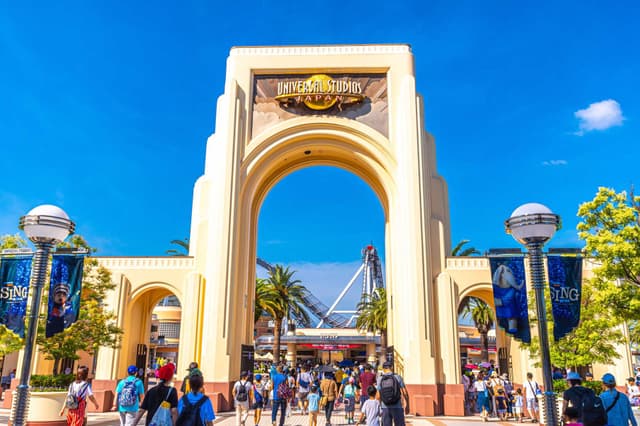
Universal Studios Japan Tickets: Your Guide to Visiting USJ
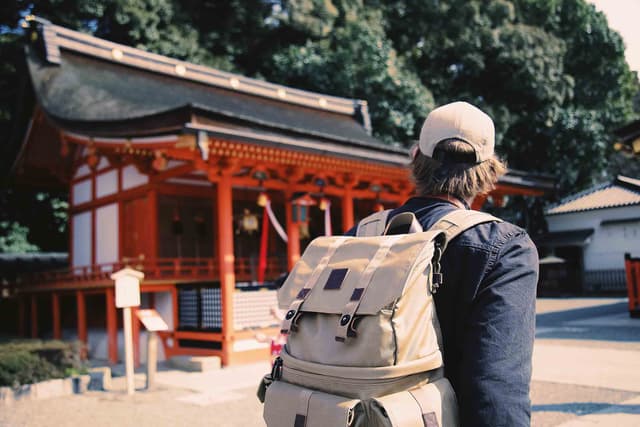
Find Out What Japan Really Thinks of Foreign Tourists

Manga Explained: Top Recommendations for Beginners
FAQs
No FAQs available for this post.
Loading Comments...

James Saunders-Wyndham
I've been immersed in Japanese culture and daily life for over 30 years and am proud to call Japan my home. Originally from Australia, my journey has taken me from teaching at Japanese universities to traveling extensively across the country, uncovering its hidden gems. As a web developer, I built Romancing Japan from the ground up to share these experiences with you. Whether it's the charm of old Kyoto, the pulse of Tokyo, or the tranquility of the countryside, I love helping others discover the magic of Japan—one story at a time.
Popular Articles
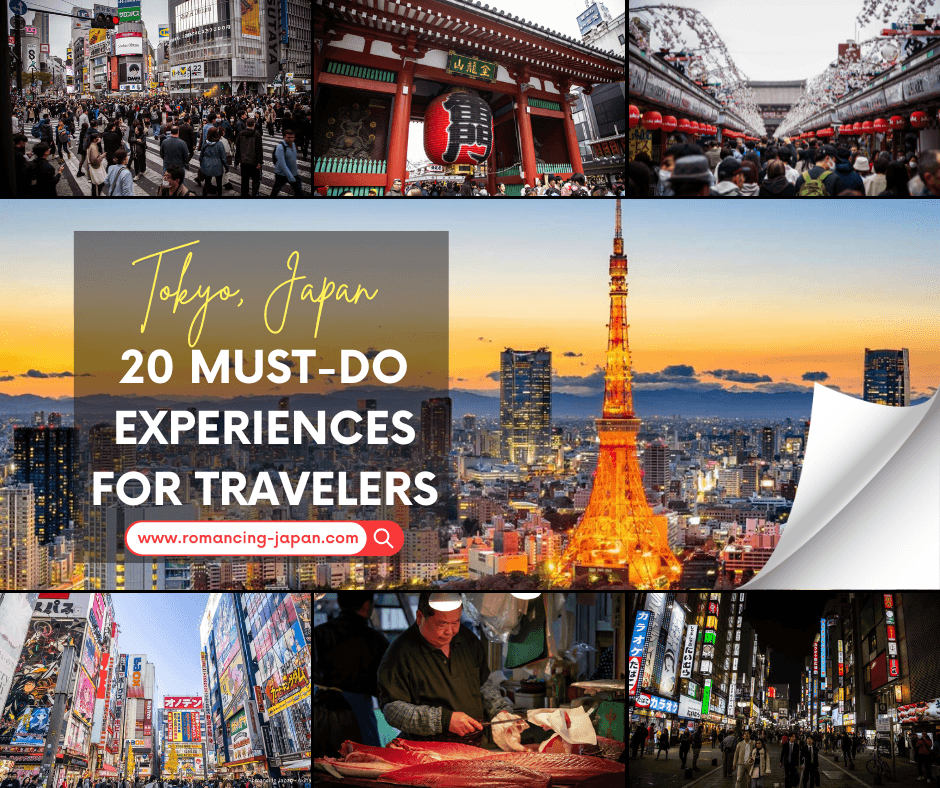
Tokyo Favorites: 20 Must-Do Experiences for Travelers

Kyoto Bike Tours: Discover the City’s Hidden Gems with Noru

Kyoto 3-Day Itinerary: Best Things to Do for First-Time Visitors
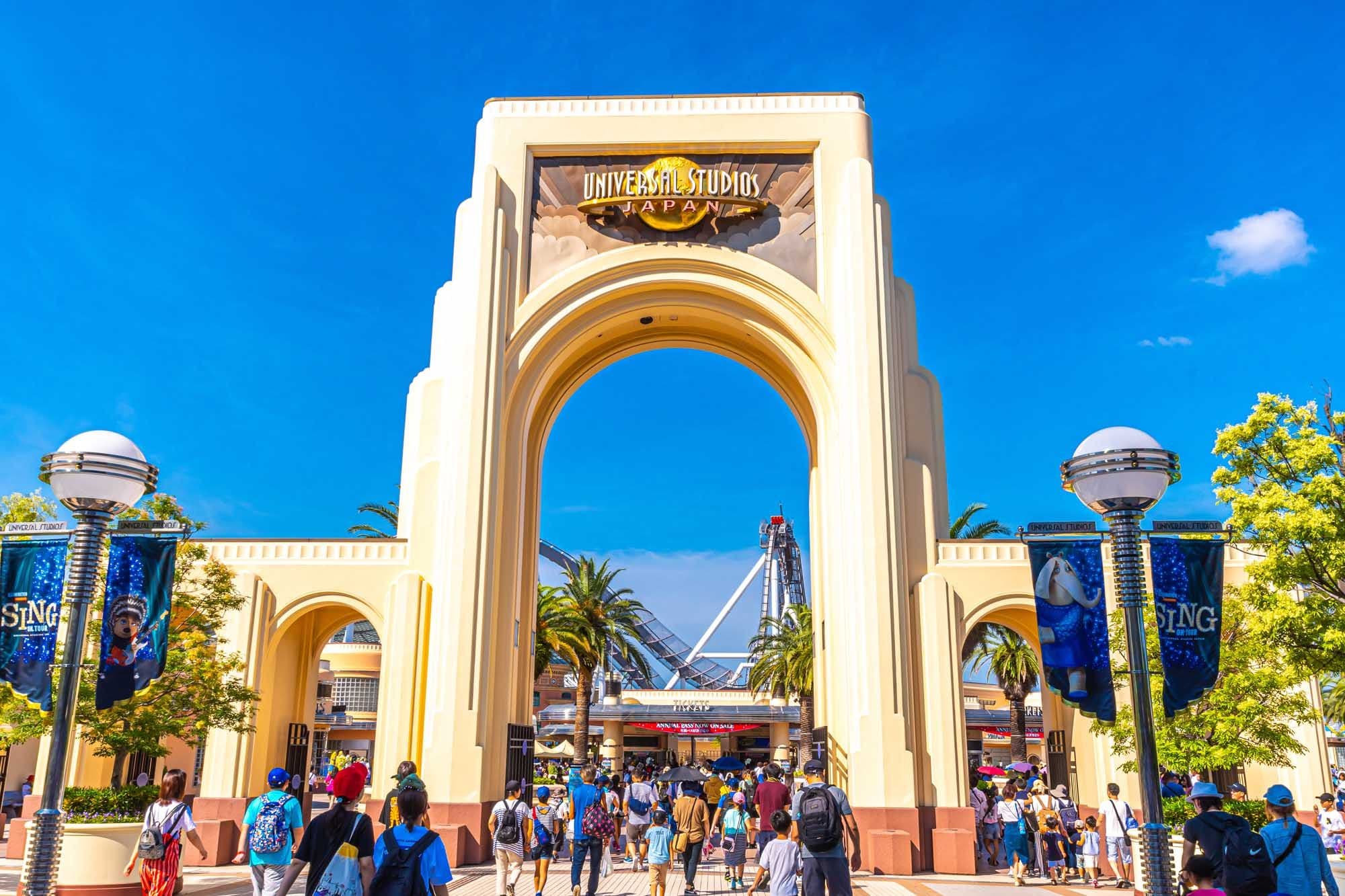
Universal Studios Japan Tickets: Your Guide to Visiting USJ
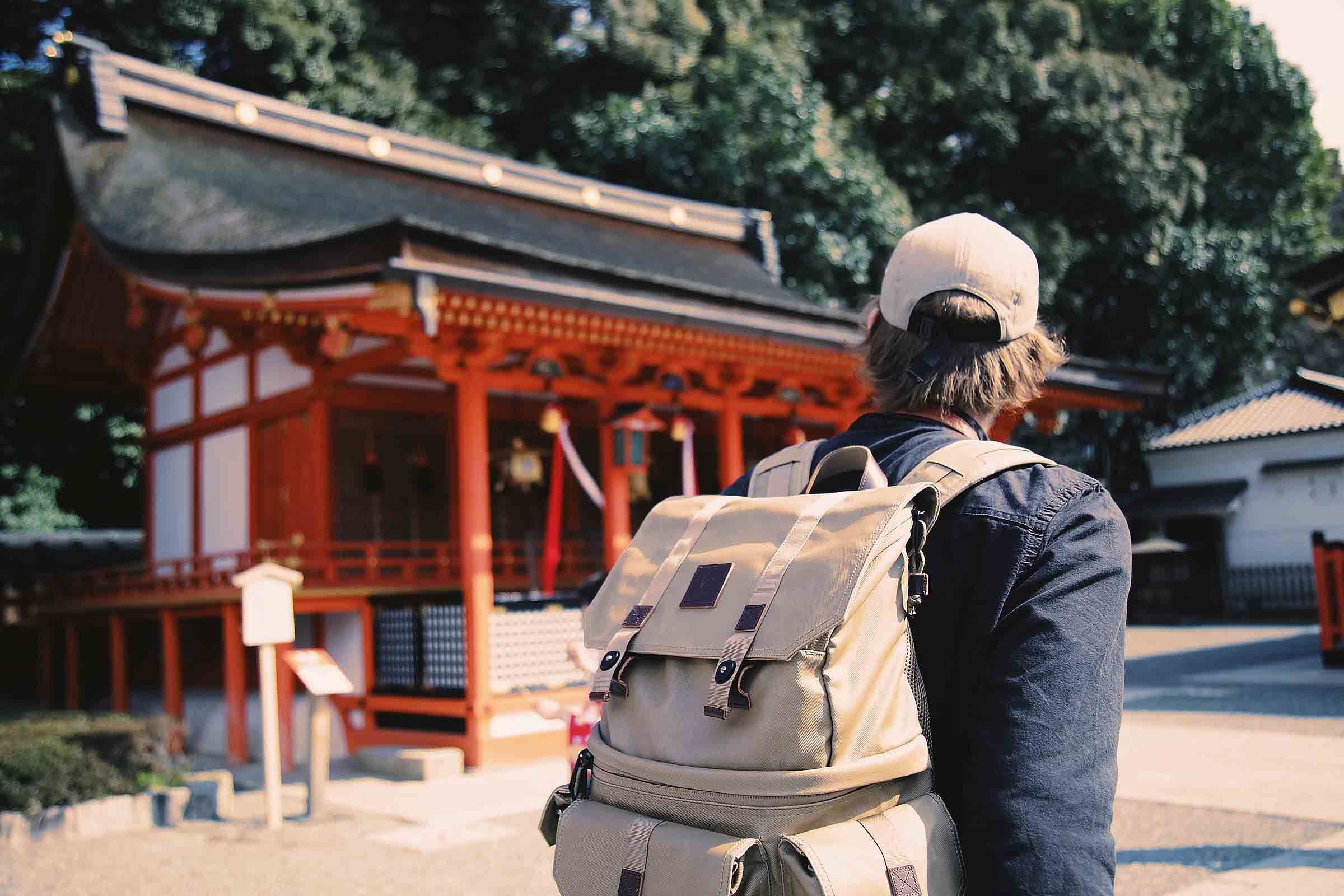
Find Out What Japan Really Thinks of Foreign Tourists
